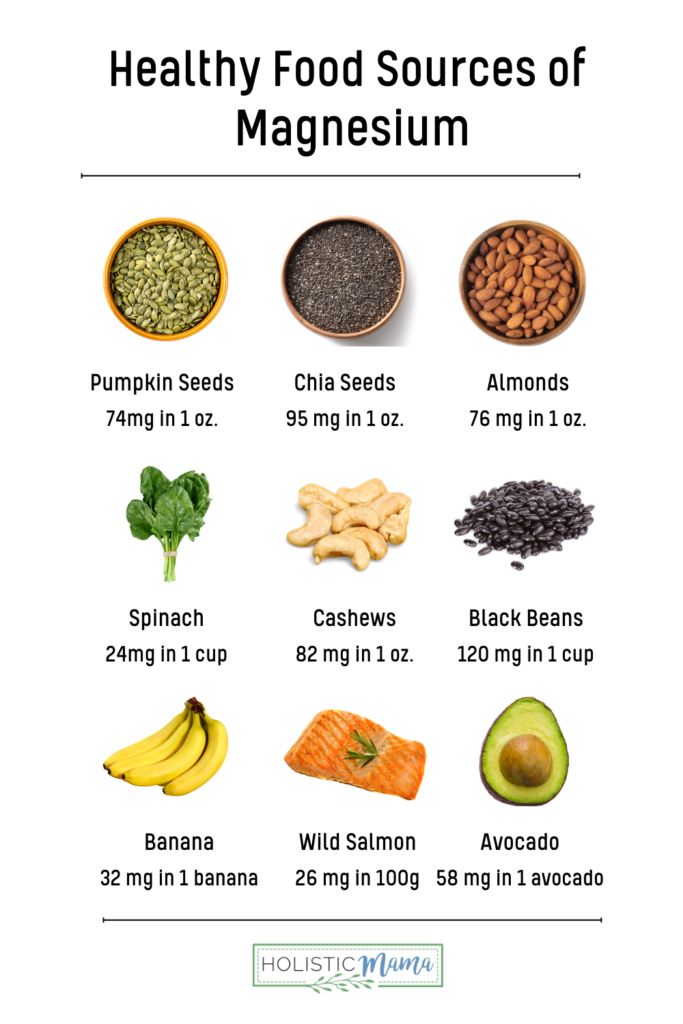Most Americans today are magnesium deficient. This is mainly due to the “standard American diet,” the quality of our food sources, and inefficiencies in the GI tract. Magnesium is essential for over 300 different chemical reactions in the body, including maintaining your energy level, helping you relax, and sustaining the health of your heart and blood vessels. More than half of the US population is not getting enough Magnesium in their daily diet. Since it has so many crucial functions, magnesium appears to protect us from many serious conditions.
How do you know if you are magnesium deficient?
Unfortunately, blood tests are not entirely accurate enough to show if you are not getting enough magnesium so it's not the best way to find out. A better and easier way to determine if you need more magnesium is to look at some lifestyle factors. If you do any of these things then you are most likely deficient in magnesium:
- Drink carbonated beverages regularly
- Drink coffee regularly
- Eat sweets
- Experience stress in your life
- Have recently had surgery or a medical procedure
- Take birth control pills
- Take estrogen replacement therapy
- Drink more then 7 alcoholic beverages per week
- Take calcium supplements without magnesium
Another sure sign that you are deficient is if you are experiencing certain symptoms. There are a good number of symptoms and disorders that can occur from magnesium deficiency but here are some common ones:
- Anxiety
- Difficulty getting to sleep
- Difficulty staying asleep
- Eye twitches
- Muscle spasms
- Constipation
- “Failure to Thrive” in children
- Migraine headaches
If any of these apply to you then you probably need to add some magnesium into your diet and lifestyle.

How to correct a magnesium deficiency
If you suspect that you might be magnesium deficient there are a few things you can do about it. Magnesium is not well absorbed by the digestive tract and it is inhibited further if you have imbalanced gut flora or low vitamin D. There are some foods that are higher in magnesium such as leafy greens which are great to incorporate in your diet but if you are showing symptoms and are already deficient, supplementation is probably needed (something I don't often say!). There are two ways that I recommend doing this…
- A dietary supplement, a favorite is called CALM. It is a powdered form of magnesium which allows you to control the amount that you take.
- A transdermal form of magnesium. This is a must for anyone with GI issues since magnesium is not absorbed well by the intestines. This can be done in three ways:
- Magnesium flakes – which can be added to a bath (great for kids). Try these magnesium bath salts with essential oils to increase your magnesium levels
- Magnesium oil – which is not really an oil at all but it is a liquid form of magnesium that can be sprayed onto the skin. This can irritate sensitive skin so if using on kids, put on the bottom of their feet.
- Magnesium lotion – this can be purchased or you can easily make it yourself with the magnesium flakes. Making your own is more cost effective. Try my favorite recipe here.
It's a good idea to use both the dietary supplement and a transdermal form of magnesium to ensure you get your levels up to speed and stop the symptoms you are having.
Food Sources of Magnesium
In addition to using topical magnesium, food sources of magnesium are a good way to get more. Try increasing these foods in your diet.

If you or your child can't sleep…Try Magnesium!
Magnesium lotion is my most favorite way to help a sleepless child. Use the lotion feet and legs before bed. This can also help with growing pains in the legs at night.
![]()
Thank you for reading this post, don't forget to subscribe to stay in the loop. If you are looking for some of the healthy tools and resources mentioned in my articles, take a look at my healthy shopping guide.
Some of our links are affiliate links, which means if you click and buy, I earn a small commission. The price is the same for you, though. Thank you!
You might also like these posts...

